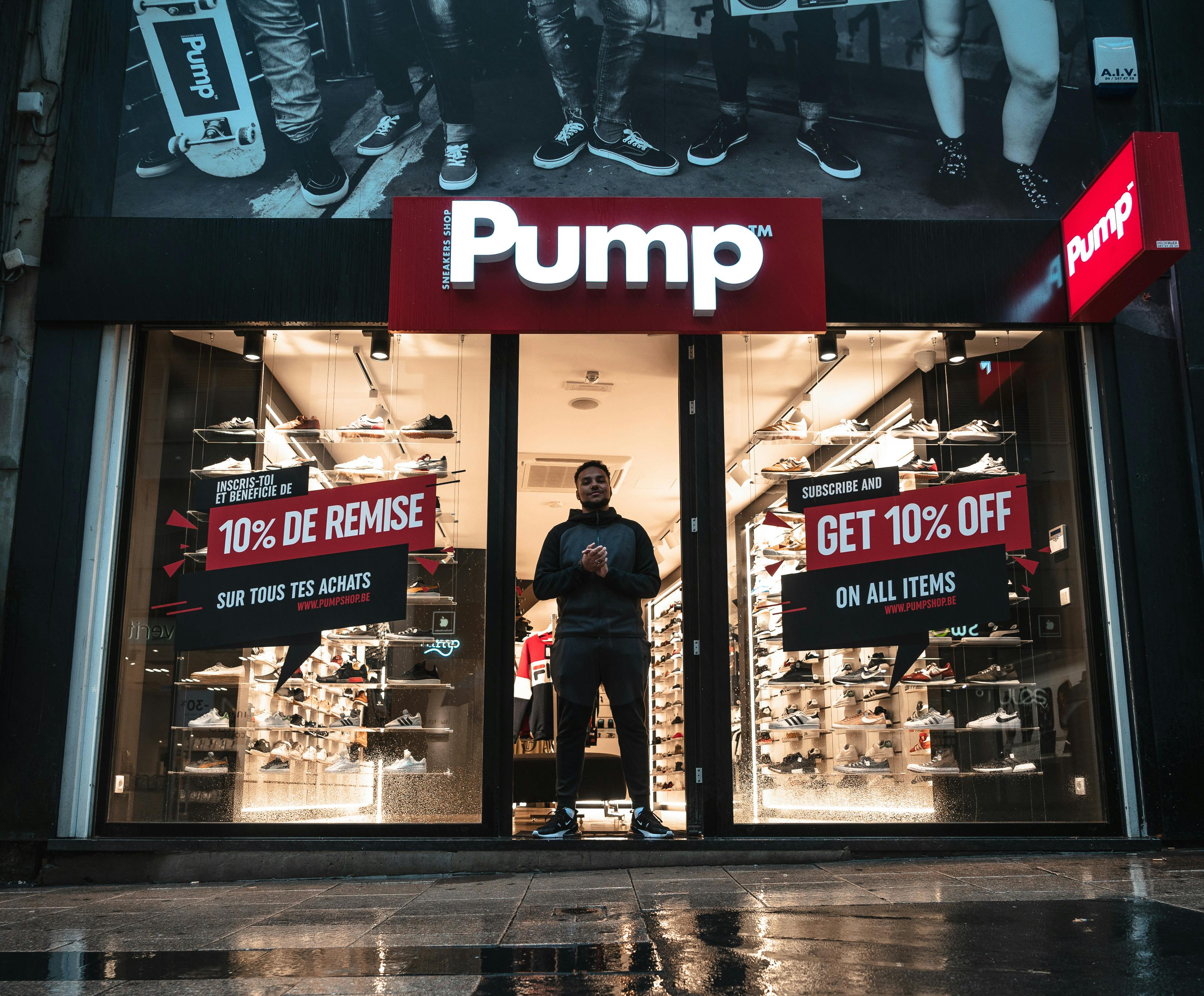
Ephemeral media and branding
Emerging Media offers a variety of tactics that are used to deliver messages very efficiently, while establishing trust and driving conversions quickly. Through the use of ephemeral content and artificial intelligence, we are able to connect the consumer with the brand in distinctive ways, at precisely the “right time”.
The God Father of ephemeral content, “SnapChat” started the trend of FOMO (Fear Of Missing Out) advertising that elicits an immediate response from viewers: a quick decision to sign up, buy, download, etc. The short-lived twist of ephemeral content creates urgency, fueled by the fear of missing out, a powerful stimulus for human behavior.
Ephemeral media marketing allows the user to interact with a brand on a more personalized level, increasing brand awareness, trust, and loyalty. Some of the best strategies to drive engagement executed through ephemeral advertising include.
-
Encourage user-generated content with brand filters, geofilters, etc. any content (text, videos, images, reviews, etc.) created and shared by users featuring your brand. This builds trust and community for the brand.
-
Conducting polls and Q&A where you can ask viewers for their opinions or encourage them to submit questions. ie, “What color bag should my brand use in our next design?”
-
Live video streaming to communicate with your audience in real time i.e. Matchmakers conducts live counseling seminars to attract illicit followers and memberships for your dating app.
-
Tag other users and locations to get more attention, ie: “Tag someone you would bring here”…
Statistics show that the concept of sharing disappearing content keeps people highly engaged, providing an opportunity to get your brand message across without being too forceful while also delivering value to your customer. As a bonus, social media platforms are continually updating their engagement features to keep the excitement always fresh.
Artificial intelligence has revolutionized the media business by creating efficiencies with strong and robust targeting, delivering the right message at the right time. Regardless of the demographics of your “prospect”, the AI can set up an ad delivery strategy for your target throughout each phase of the “Consumer Journey”. Today’s AI is a powerful tool advanced enough to predict conversions and accurately calculate who will and who won’t convert. Individuality pins such as: interactions, language refinement, emotions, instincts, confidence, and culture all play an important role in persuading the consumer to convert.
In today’s progressive AI algorithms, these individuality pins are integrated with complementary data curated from a variety of channels to further refine the focus, producing insights that make prospecting extremely efficient. Here are some of these tools briefly explained:
-
Anomaly detection and smart alerts, by setting the boundaries of a media campaign, smart alerts can be set to detect and report underperformance (Anomaly Detection, Unusual Occurrence). As the campaign unfolds and data is collected, these parameters are refined to the point where real-time tactical adjustments happen automatically. This tool can also help you identify and capture opportunities to increase conversions. By analyzing anomalies, you can find specific characteristics (individuality pins) that prompted a lead to become a customer or those characteristics that caused a lead to walk away.
-
Recommendation engines suggest products, services, and information to users based on analysis of data collected through a user’s past activities, written ratings, reviews, and other information about their profile, such as gender, age, or target audience. investment.
-
Predictive technology, extracts the user’s activity patterns (both search and transactional), determines if the user is in the target audience, predicts the risk factors of the users and finally makes the decision to serve or not the ad.
-
Dynamic Creative Optimization (DCO) is a display ad technology that creates personalized ads based on data about the viewer at the time the ad is served. Because creative is more relevant, tested, and optimized, DCOs outperform generic messages by a significant margin.